The Victoria and Albert Museum's new East Storehouse in London is redefining the traditional museum visit by granting the public unprecedented access to over 250,000 objects, 350,000 books, and 1,000 archives from its extensive collection. Unlike conventional museums, visitors are encouraged to touch many items and can even book one-on-one "Order an Object" sessions to engage closely with specific artifacts, such as a 1954 Balenciaga gown or a Vivienne Westwood sweater.
Situated in the city's revitalised Olympic Park, the Storehouse is part of a broader cultural district developed post-2012 Games, aiming to engage local communities and promote transparency in museum practices. Designed by the firm behind New York's High Line, the building showcases oversized pieces like Picasso stage curtains and Mughal architecture. The site is also set to host the upcoming David Bowie Center, further enhancing its cultural significance.
Emphasising openness, the museum features displays on conservation work and allows visitors to observe staff activities, aligning with its mission to make the entire national collection accessible to everyone. This innovative approach challenges traditional museum norms by fostering a more interactive and inclusive environment.
The V&A East Storehouse's commitment to accessibility and community engagement marks a significant shift in how museums interact with the public, setting a new standard for cultural institutions worldwide. By inviting visitors to connect directly with artefacts, the museum aims to deepen public understanding and appreciation of art and history.
As the Storehouse continues to evolve, it is expected to become a pivotal hub for cultural exchange and education, inspiring other institutions to reconsider their approaches to public engagement and accessibility. The initiative reflects a growing recognition of the importance of inclusivity and direct interaction in enriching the museum experience.
